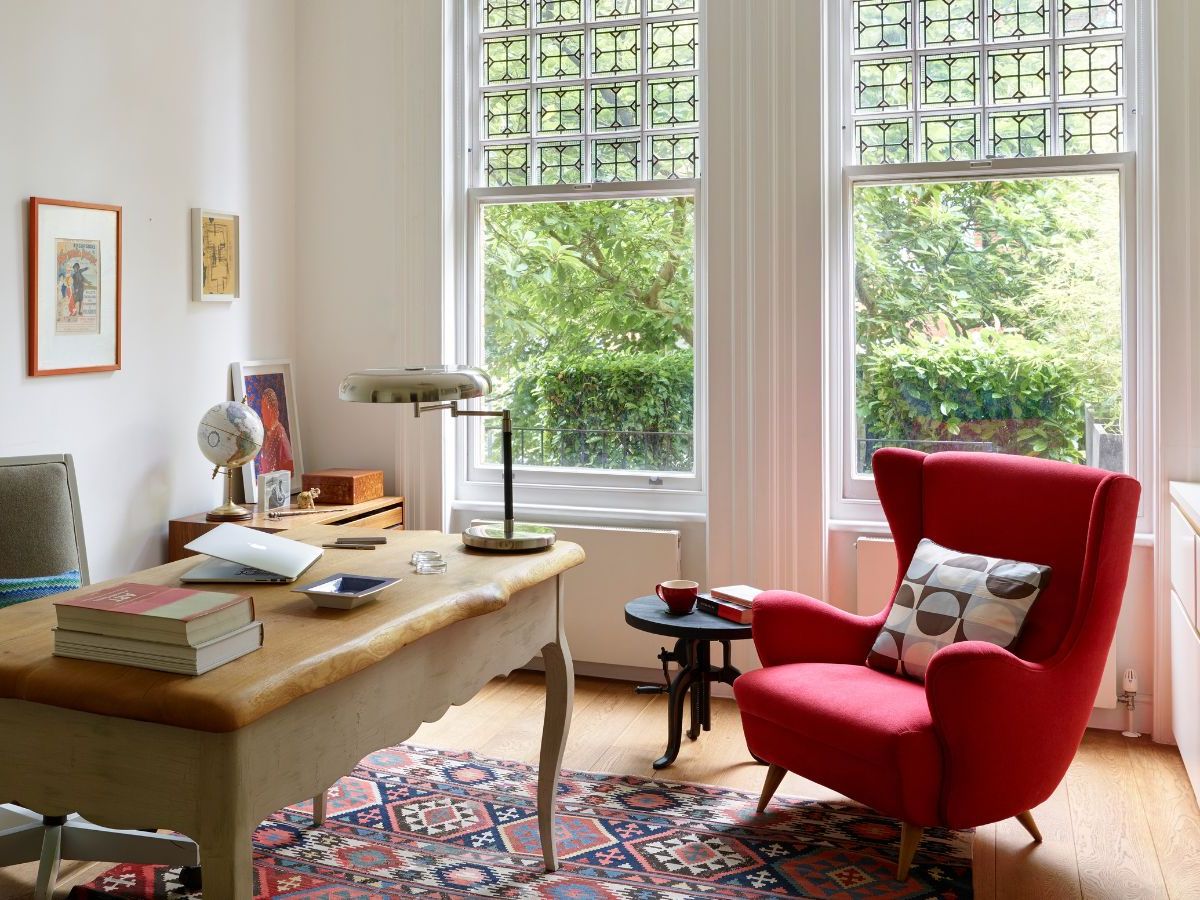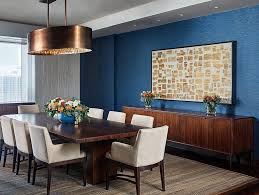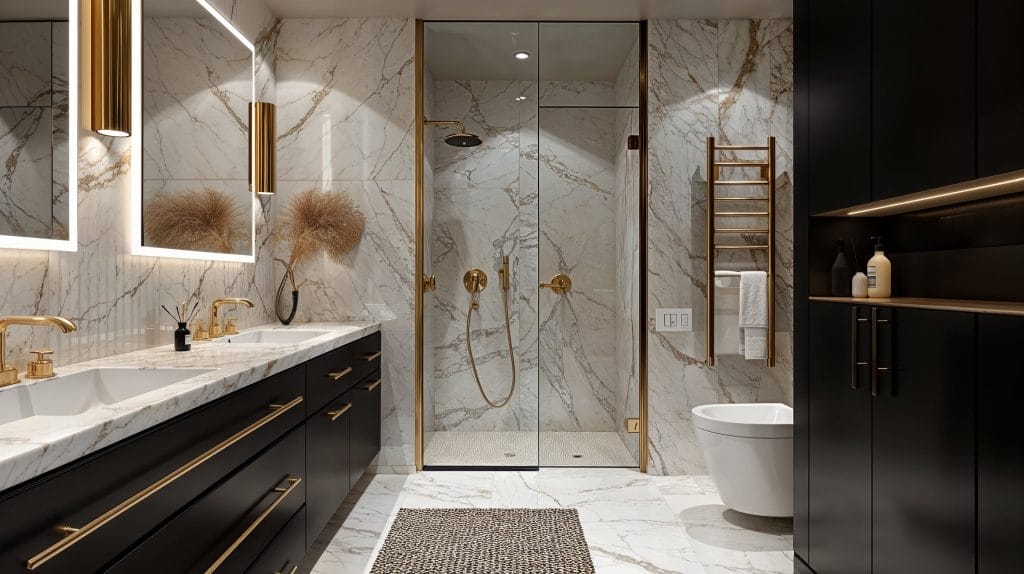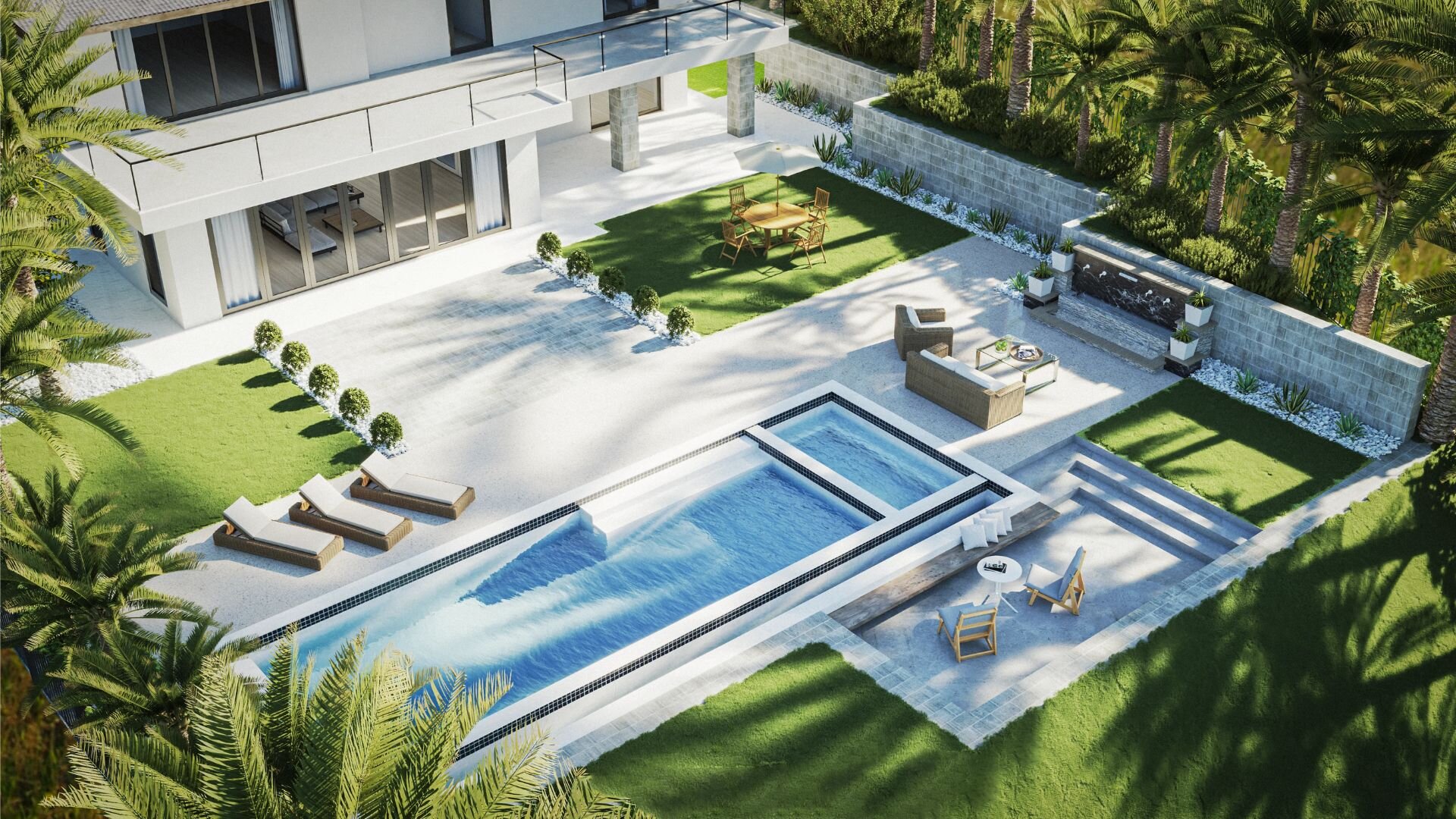The world is a bit of a whirlwind these days, plus, more than ever before, the home must be the space to reset everything. It’s not just a place to rest, eat, as well as work from, but an environment that promotes well-being.
It’s not just yoga mats and salt lamps made of Himalayan salt. A wellness-oriented home is about creating a space that nurtures your body, focuses the mind, as well as energizes the spirit by how it’s built.
Table of Contents
Wellness-Focused Design: What Is It?
Design that is focused on wellness blends the aesthetics of interiors in harmony with the fundamentals that promote holistic wellness. It’s about creating an environment that improves the physical and emotional health of people as well as spiritual harmony. It draws inspiration from ideas like minimalism, biophilia, and mindfulness, and it’s a lot more accessible than it appears.
The greatest part? It doesn’t require a major home remodel to begin. Small, thoughtful modifications can make a huge change.
Saving the Day with Biophilic Design
Humans are wired to nature, but our modern lives often put barriers between people and the natural world. Design that is biophilic taps this instinctual desire by incorporating natural elements into your home. Think stones, wood, water, greenery, and views of the natural world.
Include indoor plants to add more life and boost the air quality. Consider hardwood flooring to create a sense of balance and bring in natural, warm oak tones that reflect the wood floors. Fabrics or prints with designs that are leafy or inspired by nature will give you that calming and restorative feeling.
Bonus tip: Sheer curtains or wide blinds let in maximum natural light! This makes them one of the easiest ways to boost the mood and boost levels of energy.
Psychology of Color
Colour can have a significant impact on mental health. Relaxing tones such as sage green, soft beige, and blue that is dusty blue can calm the mind and reduce anxiety. Warm neutrals like terracotta, clay, or soft ochre can provide warmth and peace.
The key is to choose your colors carefully. Utilize energizing hues, such as soft warm whites or warm yellows, in spaces that are social, such as dining rooms and kitchens, as well as keep bathrooms and bedrooms less sombre to promote relaxation.
It’s also helpful to be aware that cool grey hues are no longer in fashion. They are being replaced by creamy, earthy shades that feel much more soothing.
The Influence of Sound and Scent
The word “wellness” doesn’t mean only visually. Multi-sensory design plays an important role in creating a tranquil home. Incorporate soothing scents, like lavender, eucalyptus, and cedarwood, by using diffusers for essential oils or natural candles. A good scent can help reduce anxiety, improve sleeping patterns, and may even enhance concentration.
And then there’s the noise. Background noise from the television or even traffic noise can trigger your nervous system. Consider soothing ambient music or a tabletop fountain, or even a white noise machine that can bring harmony and calm to the background.
Reduce Disarray for Mental Calm
Nothing can disturb peace like noise. Visual noise equals mental noise. It’s not about getting minimalist excellence, but instead creating spaces for the essential things.
Select a clever storage solution that can hide the mess but doesn’t feel suffocating. Baskets, ottomans, and floating shelves, and more are all great options. Take advantage of your “less but better” mantra in the realm of decor. Each piece of furniture should have an intention or a personal significance.
A space that is organized can lessen the amount of decision fatigue, reduce cortisol levels, and help make everyday life seem less chaotic.
Comfort is essential.
Do not underestimate the significance of the impact. The feeling of comfort is an integral part of wellbeing, and the tactile look of a design can provide both emotional and physical cosiness. Imagine how relaxing and pillows, soft rug cushions, and velvet pillows are.
Layer natural fibres such as wool, linen, and cotton to give an illusion of depth without overpowering the space. Don’t forget comfort underfoot, such as a soft rug or cushioned mat under wooden or LVT flooring, can make a huge impact on how comfortable the space is.
Zoning for Activities Related to Wellbeing
Then, consider how your space could support healthy routines. Are there areas for stretching in the morning or a place to meditate? A comfy reading spot? A spacious dining area to savor mindful meals?
Zoning doesn’t require walls; just clever furniture arrangement, lighting, rugs, or even lighting can help define the purpose of an area. Making zones for different energy sources can help the brain shift gears, particularly in multi-use houses.
Creating a Comfortable Home Design
The design that’s focused on wellness isn’t just about trends. It’s about focusing on the things that make a space feel healthy for you. It doesn’t matter if it’s more lighting, a soothing palette, or even a couple of greenery-filled companions. All of it adds up to a house that isn’t just beautiful but also lives well.





